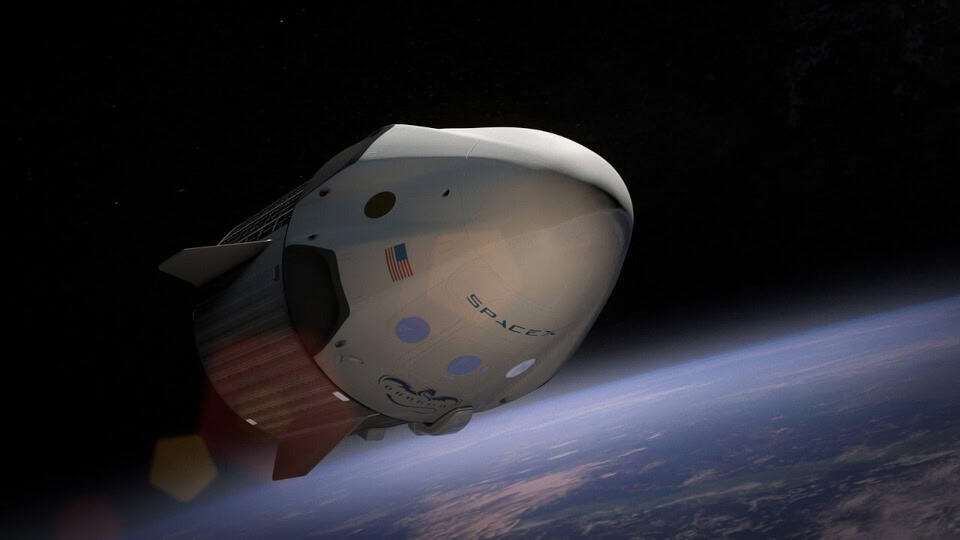The Future of Space Exploration: Private vs Public Missions
The space exploration landscape has transformed dramatically with the emergence of private companies capable of launching rockets, delivering cargo to orbit, and transporting astronauts. This shift from government-dominated space programs to hybrid public-private partnerships raises fundamental questions about how humanity should explore and develop space resources.
Both approaches offer distinct advantages and face unique challenges in advancing space exploration goals. Understanding the strengths and limitations of private versus public space missions helps assess the most effective strategies for achieving humanity's ambitious space-faring objectives.

The New Space Economy
Private space companies have reduced launch costs by over 90% compared to traditional government programs, opening new possibilities for commercial space activities, scientific research, and exploration missions that were previously cost-prohibitive.
Private Space Advantages: Innovation and Efficiency
Private companies like SpaceX have revolutionized space access through reusable rocket technology, rapid iteration cycles, and streamlined decision-making processes. This approach has dramatically reduced launch costs while increasing launch frequency and reliability.
Commercial incentives drive efficiency improvements and technological innovation at speeds that government agencies often cannot match. Private companies must remain profitable, creating natural pressure to optimize operations, reduce costs, and develop marketable solutions.
Private Sector Strengths
Rapid innovation, cost efficiency, flexible operations, risk tolerance, market-driven solutions.
Public Sector Strengths
Long-term planning, scientific focus, international cooperation, large-scale funding, regulatory oversight.
Public Space Programs: Scientific Mission and International Cooperation
Government space agencies excel at long-term scientific missions that may not generate immediate commercial returns but provide enormous scientific and societal benefits. Projects like the Hubble Space Telescope, Mars rovers, and deep space probes require sustained funding and patience that private companies often cannot maintain.
International cooperation through organizations like NASA, ESA, and other national space agencies enables projects too large or expensive for single countries. The International Space Station exemplifies how pooled resources and expertise can achieve objectives beyond individual national capabilities.
Complementary Roles and Hybrid Models
The most successful current space endeavors combine private efficiency with public vision and resources. NASA's Commercial Crew Program demonstrates how government agencies can leverage private innovation while maintaining safety standards and mission objectives.
Public agencies increasingly focus on cutting-edge research, deep space exploration, and scientific discovery while contracting routine operations like satellite launches and cargo delivery to private companies. This division of labor optimizes each sector's strengths.
Risk and Safety Considerations
Government agencies traditionally emphasize safety through extensive testing and conservative approaches, while private companies often accept higher risks to achieve faster development cycles. Both approaches have merit depending on mission requirements and acceptable risk levels.
Funding Models and Sustainability
Private space companies must generate revenue through commercial services, limiting their ability to pursue projects without clear profit potential. Government programs can fund pure science missions and long-term exploration objectives that may not have immediate commercial applications.
Venture capital and private investment in space companies has reached unprecedented levels, but this funding often comes with expectations for relatively quick returns that may not align with the timescales required for major space exploration achievements.
Mars Exploration: Competing Visions
Mars represents the most visible example of different approaches to space exploration. SpaceX's ambitious timeline for Mars colonization contrasts with NASA's methodical approach focused on scientific exploration before human settlement.
Private Mars missions might prioritize rapid human presence and resource utilization, while government programs emphasize scientific understanding, safety protocols, and international cooperation. Both approaches contribute valuable capabilities to the overall Mars exploration effort.
Commercial Space
Satellite services, space tourism, asteroid mining, lunar resource extraction, manufacturing.
Government Missions
Deep space exploration, scientific research, national security, international cooperation.
Collaboration Areas
Launch services, crew transportation, technology development, mission support.
Regulatory Challenges and International Law
Private space activities raise complex questions about property rights, resource extraction, and liability that existing space law doesn't adequately address. Governments must balance encouraging private innovation with maintaining international obligations and preventing harmful activities.
Commercial space mining, orbital debris management, and planetary protection require new regulatory frameworks that protect space environments while allowing beneficial commercial activities. International cooperation becomes essential as space activities affect all nations.
Technology Development and Innovation
Private companies often pioneer breakthrough technologies that government agencies then adopt and improve. Conversely, fundamental research funded by government agencies creates the scientific foundation that enables private innovation.
This technology transfer between sectors accelerates overall progress in space capabilities. Advanced technologies like quantum computing may eventually enable space missions that are currently impossible, benefiting both private and public space endeavors.
Access and Democratization
Private space companies have made space access more affordable and frequent, enabling smaller countries, universities, and organizations to conduct space missions previously limited to major space powers. This democratization could accelerate scientific discovery and technological development.
Space tourism, while currently limited to wealthy individuals, could eventually make space experiences accessible to broader populations, creating cultural shifts in how humanity views its relationship with space exploration.
Long-Term Vision and Sustainability
Government agencies typically maintain longer-term perspectives aligned with scientific discovery and national interests, while private companies focus on nearer-term profitability and growth. Both time horizons contribute essential elements to sustainable space exploration.
The most ambitious space exploration goals likely require sustained commitment beyond typical business cycles, suggesting continued important roles for government agencies alongside commercial partners.
The future of space exploration will likely depend on continued collaboration between private innovation and public vision rather than one sector dominating the other. Artificial intelligence capabilities may enhance both private and public space missions through improved navigation, autonomous operations, and data analysis.
Success in space exploration increasingly depends on leveraging the strengths of both approaches while mitigating their respective weaknesses. Public-private partnerships demonstrate how collaboration can achieve objectives that neither sector could accomplish independently.
The space exploration future will likely be shaped by hybrid models that combine commercial efficiency with scientific rigor, international cooperation with competitive innovation, and profit motives with exploration for the benefit of all humanity. Security considerations also become increasingly important as space infrastructure becomes critical for both commercial and government activities.
